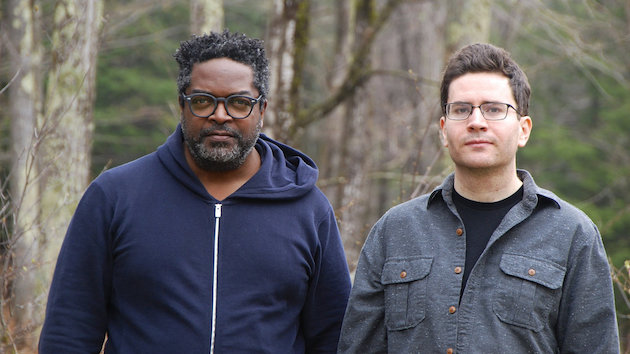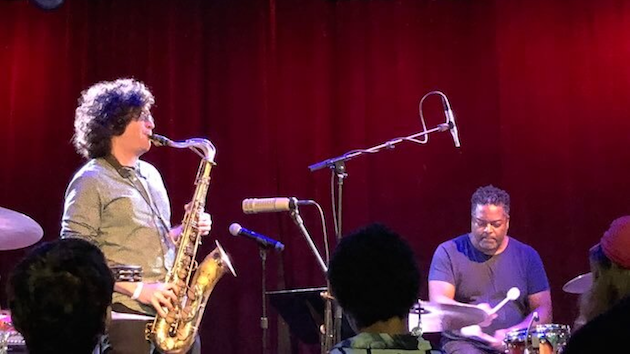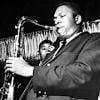
Good things come in small packages. CNMAT’s — the UC Berkeley Center for New Music and Audio Technologies — converted house provided an intimate setting for a larger-than-life performance by Subtle Degrees, the duo of Travis Laplante (tenor saxophone) and Gerald Cleaver (drums). They played Laplante’s A Dance That Empties, a grand journey that unfolds over three parts.
Gradually, Laplante’s multiphonics come out of the silence, creating a contemplative prelude of undulating melodies and counterpoints. A few minutes later, Cleaver’s entrance gives the music definition, the rhythms beginning to drive. Burbling arpeggios foreshadow what’s to come — but now, they only fade away, the drumming turning into a murmur, the cymbals actually sounding distant in this small room.
Cleaver’s sparse beat ushers in the second part of the work, whose characteristic turning arpeggios form the heart of the dance. As the drum rhythm fills in, these incessant figures construct an epic groove.

The album A Dance That Empties, released last spring, is an engaging listen — but the live performance is on another level. The implied polyphony, for one, is more vivid, the rhythmic patterns made by the lower notes alone popping out of the texture. But even more striking than these kinds of sonic effects are the visuals: both musicians are master technicians, whose physical motions are intoxicating to watch.
Through much of the work Laplante uses circular breathing to hammer out the patterns in an utterly continuous stream. I’ve never seen anyone play saxophone quite like this. And Cleaver’s percussion is as high-energy, his arms blurring like windmills. Immersed in their respective lines, the two artists seem separate from each other, hardly communicating — while their hits, most strikingly Cleaver’s cymbals, meet in intricate patterns.
In fact, the pair has played together for over a decade, but A Dance That Empties is their first recording. Both are based in New York, where Laplante plays in the avant-garde ensemble Little Women and leads the tenor saxophone quartet Battle Trance, and Cleaver leads several bands, including Uncle June, Violet Hour, and Black Host.

The perpetual motion rises and rises, finally culminating in a series of progressions passionate, or maybe reckless, but more than anything else, immediately significant: This is the piece, and we get to enjoy several permutations.
Finally, the figurations must come to an end, unwinding the groove in a way that foregrounds the undoing of the energy yet maintains direction. Another solo by Cleaver, increasingly bodied, ushers in the epilogue, which further synthesizes what has already happened. Interjections from the low register self-regulate Laplante’s lyricism, but gradually, the arpeggios mount once again in an unbroken trill, bolstered by metronomic drum hits. Then, there’s just the trill, and then, only a single, beating tone — the core that remains after having stripped away the rest of the self.
At times, the ritual dance seems designed for observers (the opening, especially, recalls the Rite of Spring — only real.) Witnessing Laplante’s final solo, though, feels almost intrusive, as if the audience is turning his personal meditation consumable.
Watching the musicians focus so intently, I, too, wanted to be cleansed. But a passing interest in asceticism isn’t a prerequisite to enjoy the show. Practically everyone in the audience, during the second movement’s groove, was smiling and shaking their heads, wondering at the prowess of these musicians.




